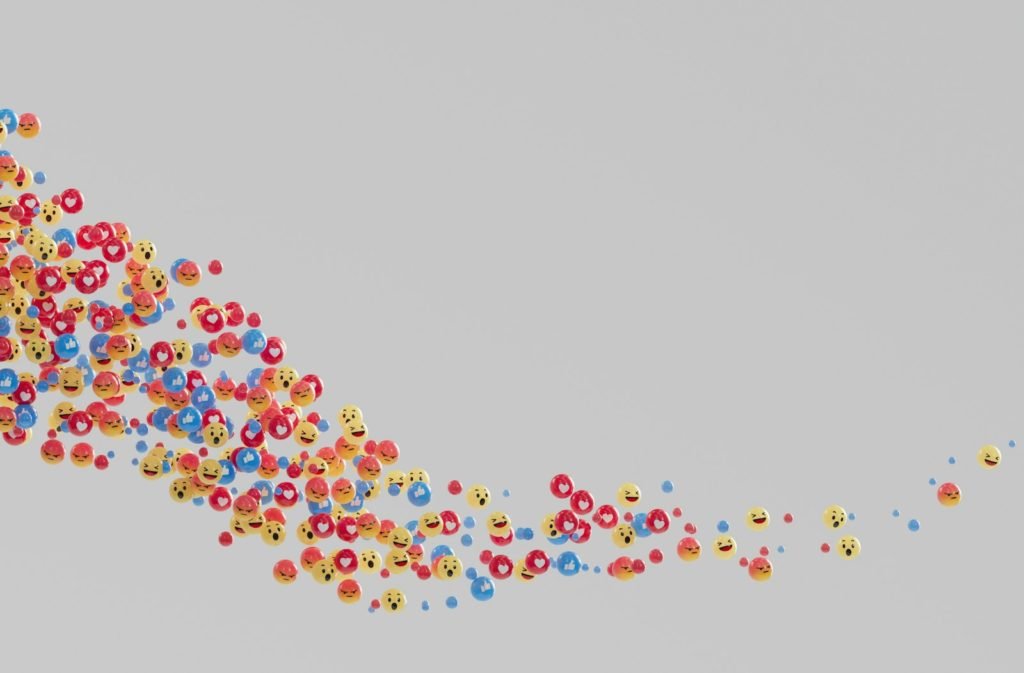Embark on a voyage through the world of process improvement, where planning and monitoring tools act as the guiding stars, illuminating the path to efficiency and quality control.
Setting Sail: Introduction to Planning and Monitoring Tools
In the vast sea of process improvement, planning, and monitoring tools serve as the navigator’s compass, guiding teams through the tumultuous waters of project management. Picture it as a sturdy ship equipped with tools that help crews plan their course and keep an eye on the horizon for any stormy challenges.
Anchors of Success: The Power of Planning Tools
Planning tools are the anchors of success in process improvement, grounding teams and providing a solid foundation for project execution. Imagine it as mapping out your journey before setting sail, ensuring you have the right resources, a clear destination, and a well-defined route. These tools empower teams, even an 8th-grader, to understand the importance of thoughtful planning.
Planning tools provide a solid foundation for project execution, ensuring a well-thought-out journey.
Navigating the Waves: Elements of Planning Tools
Let’s dive into the elements that make planning tools an essential compass in the sea of process improvement, understanding how each component contributes to smooth navigation.
Gantt Charts: Painting the Project Landscape
Gantt charts are like paintings that depict the project landscape, illustrating tasks and timelines with vibrant colors. Each bar in the chart represents a task, creating a visual masterpiece of project progression. It’s akin to an artist planning the strokes before creating a masterpiece, ensuring that every detail is considered.
Gantt charts paint the project landscape, providing a visual representation of tasks and timelines.
Work Breakdown Structure (WBS): Building a Blueprint
WBS is the blueprint of the project, breaking down complex undertakings into manageable components. Think of it as a construction plan for a ship, outlining each part before assembly. WBS ensures that teams understand the intricacies of the project and can navigate through its various phases with precision.
WBS breaks down complex projects into manageable components, providing a clear blueprint for success.
Relations Chart: Connecting the Dots
Relations charts are like a treasure map, connecting the dots between different project elements. It’s about understanding the relationships and dependencies between tasks, ensuring a logical sequence of actions. Imagine it as plotting the coordinates before venturing into unknown waters, preventing teams from getting lost in the complexities of the project.
Relations charts connect the dots between project elements, ensuring a logical sequence of actions.
Monitoring the Horizon: Elements of Monitoring Tools
As the ship sails, monitoring tools act as the lookout, scanning the horizon for any challenges or deviations from the planned course. Let’s explore the elements that make monitoring tools an essential companion in the sea of process improvement.
Control Charts: Navigating Stability
Control charts are like the ship’s stabilizers, ensuring a steady course through calm and stormy waters. They help teams monitor the stability of processes, detecting any deviations that might signal trouble. It’s akin to adjusting the ship’s course to maintain a smooth journey, preventing unexpected turbulence in project execution.
Control charts help teams monitor the stability of processes, ensuring a steady course in project execution.
Scatter Plots: Mapping Trends

Scatter plots are like maps that reveal trends in the project landscape. By plotting data points, teams can identify patterns and correlations, helping them make informed decisions. It’s akin to reading the stars to navigate through the sea, allowing teams to foresee potential challenges and adjust their course accordingly.
Scatter plots help teams map trends in the project landscape, providing insights for informed decision-making.
Histograms: Charting Frequencies
Histograms are like charts that showcase the frequencies of events, providing a visual representation of data distribution. Picture it as a map that highlights areas with higher or lower occurrences, allowing teams to focus their attention where it’s needed the most. Histograms guide teams in understanding the frequency of different project aspects.
Histograms chart the frequencies of events, providing insights into data distribution for informed decision-making.
Facing Storms: Challenges in Using Planning and Monitoring Tools
Every sea voyage faces storms, and using planning and monitoring tools in process improvement is no different. Let’s explore potential challenges teams may encounter and how to navigate through turbulent waters.
Data Overload: Streamlining Information
Data overload is like navigating through a storm with foggy glasses. Teams must streamline information, ensuring that the data collected is relevant and actionable. It’s akin to clearing the fog, allowing teams to make decisions based on a clear view of the project landscape.
Streamlining information helps teams navigate through data overload, ensuring clarity in decision-making.
Lack of Communication: Synchronizing the Crew
Lack of communication is like sailing without a coordinated crew. Teams must synchronize their efforts and communicate effectively to ensure a smooth journey. It’s about ensuring that everyone is on the same page, working together towards the common goal of project success.
Effective communication synchronizes the efforts of the project team, ensuring a coordinated journey.
The Harbor of Success: Key Takeaways
As the ship docks in the harbor of success, let’s gather key takeaways that will guide teams in navigating the sea of process improvement using planning and monitoring tools.
Planning Tools: Gantt charts, Work Breakdown Structure (WBS), and Relations charts are crucial for mapping out the project journey.
Monitoring Tools: Control charts, Scatter plots, and Histograms act as lookouts, helping teams navigate through challenges.
Challenges: Streamlining information and ensuring effective communication are essential to overcoming hurdles.
Navigating the Sea: Planning and Monitoring Tools in Process Improvement
In the vast sea of process improvement, planning and monitoring tools are the compass and lookout, ensuring teams navigate with precision. Teams must understand the elements, purpose, and challenges of these tools, ensuring a smooth journey towards enhanced quality and efficiency.